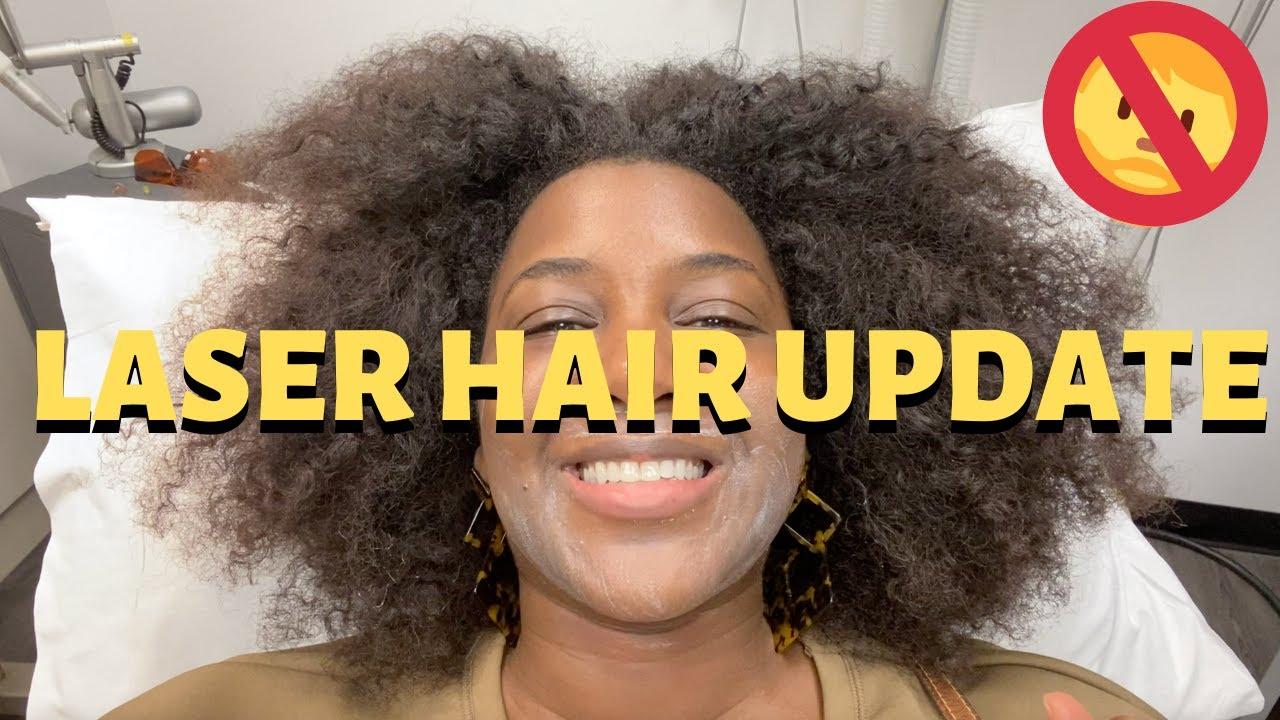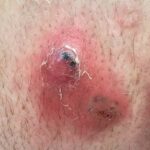Imagine waking up every morning to a smooth, flawless upper lip, free from the hassle of daily threading, waxing, or tweezing. It sounds like a dream, doesn’t it? With upper lip laser hair removal, many have turned this dream into a reality. But before you jump onto the laser bandwagon, it’s natural to wonder—what’s the catch? Are there any pesky side effects hiding beneath that silky smooth surface? Welcome to “Smooth Talk,” where we’re about to spill the beautiful beans on the good, the bad, and the slightly stingy experiences that come with upper lip laser hair removal. Sit back, relax, and let’s chat about everything you need to know to keep that upper lip perfectly polished.
Table of Contents
- Understanding the Process: What to Expect from Upper Lip Laser Hair Removal
- Evaluating Skin Sensitivity: How Your Skin Type Influences Side Effects
- Mitigating Pain: Top Tips for a Comfortable Experience
- Aftercare Essentials: Promoting Healing and Minimizing Irritation
- Expert Advice: When to Seek Professional Guidance
- Q&A
- Key Takeaways
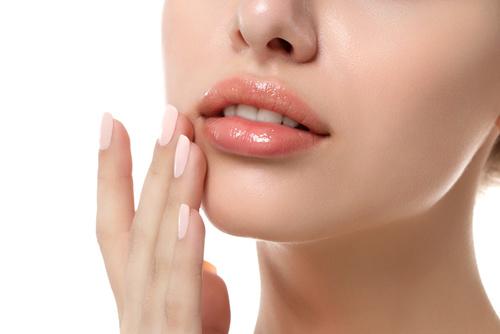
Understanding the Process: What to Expect from Upper Lip Laser Hair Removal
Embarking on the journey of upper lip laser hair removal can be both exciting and daunting. Once you’ve made the decision, understanding the step-by-step process can ease any anxieties you might have. The first step usually involves a consultation with a licensed technician. During this meeting, the professional will assess your skin and hair type, discuss your expectations, and create a customized treatment plan. This tailored plan takes into account your skin tone and hair color, ensuring optimal results and minimizing any potential side effects.
On the day of your appointment, the area to be treated will be cleansed thoroughly. The technician may apply a numbing cream to make the experience more comfortable. The actual laser process involves a device emitting concentrated light that targets the hair follicles. While the sensation varies, many describe it as a series of quick snaps or a mild tingling feeling. It’s essential to communicate openly with your technician; if discomfort arises, they can adjust the settings for better comfort.
After the laser treatment, your skin may feel warm and slightly red, similar to a mild sunburn. Cooling packs and soothing creams can help alleviate these immediate side effects. Here are a few tips for post-treatment care:
- **Avoid sun exposure**: Use sunscreen to protect the treated area, even though it’s your upper lip.
- **Refrain from using harsh skincare products**: Anything with strong chemicals or exfoliants should be avoided for a few days.
- **Hydrate**: Keep your skin moisturized with gentle, non-comedogenic creams.
| Step | Details |
|---|---|
| Consultation | Assessment and customization of treatment plan |
| Preparation | Cleansing and optional numbing cream application |
| Laser Treatment | Targeting hair follicles with concentrated light |
| Post-Treatment Care | Cooling packs and soothing creams for immediate relief |
Keep in mind that laser hair removal is not a one-time event but a series of treatments. Typically, about six to eight sessions, spaced four to six weeks apart, are necessary for optimal results. Consistency is key, as each session targets hairs in different growth cycles. Patience pays off; with each session, you’ll notice sparser and finer hair regrowth, leading to that smooth, carefree look you’ve been dreaming of.
Evaluating Skin Sensitivity: How Your Skin Type Influences Side Effects
When considering upper lip laser hair removal, it’s important to understand how your skin type can play a significant role in your overall experience with side effects. Skin sensitivity is not one-size-fits-all. People with different skin types—categorized by the Fitzpatrick scale ranging from Type I (very fair) to Type VI (very dark)—can experience varying reactions to laser treatments. Knowing this can help you prepare better and manage expectations.
**For those with fair skin:**
- Light redness and swelling are common yet temporary.
- Sun sensitivity may increase, so sunscreen is crucial post-treatment.
- Blistering and pigmentation changes are rare but possible.
However, since their skin typically has less melanin, individuals with Type I and II skin may see more rapid and effective results overall.
On the other hand, if you have medium to olive skin types (Type III-IV), you might experience:
- **Moderate redness** and slight swelling for a short period.
- Rare instances of hyperpigmentation if exposed to sunlight improperly.
It’s beneficial to take extra steps in aftercare, such as using soothing gels or creams. Some dermatologists may recommend lower intensity settings initially, gradually increasing as your skin gets accustomed to the laser treatment.
For darker skin types (Type V-VI), there are unique challenges and side effects to be aware of:
- The risk of hyperpigmentation or hypopigmentation can be higher.
- Swelling and redness might persist a bit longer.
Special lasers are often recommended for these skin types to minimize risks. Consultation with a qualified specialist is essential to customize the treatment plan and ensure safety and efficacy.
Here is a quick comparison of potential side effects based on skin type:
| Skin Type | Common Side Effects | Precautions |
|---|---|---|
| Type I-II | Redness, Swelling | Use Sunscreen |
| Type III-IV | Moderate Redness, Slight Swelling | Soothing Gels, Gradual Intensity Increase |
| Type V-VI | Hyper/Hypopigmentation, Longer Swelling | Specialized Lasers, Consult Specialist |
Understanding your skin type and the potential side effects allows you to take better control of your laser hair removal experience, ensuring smoother results and minimizing the likelihood of any adverse reactions.
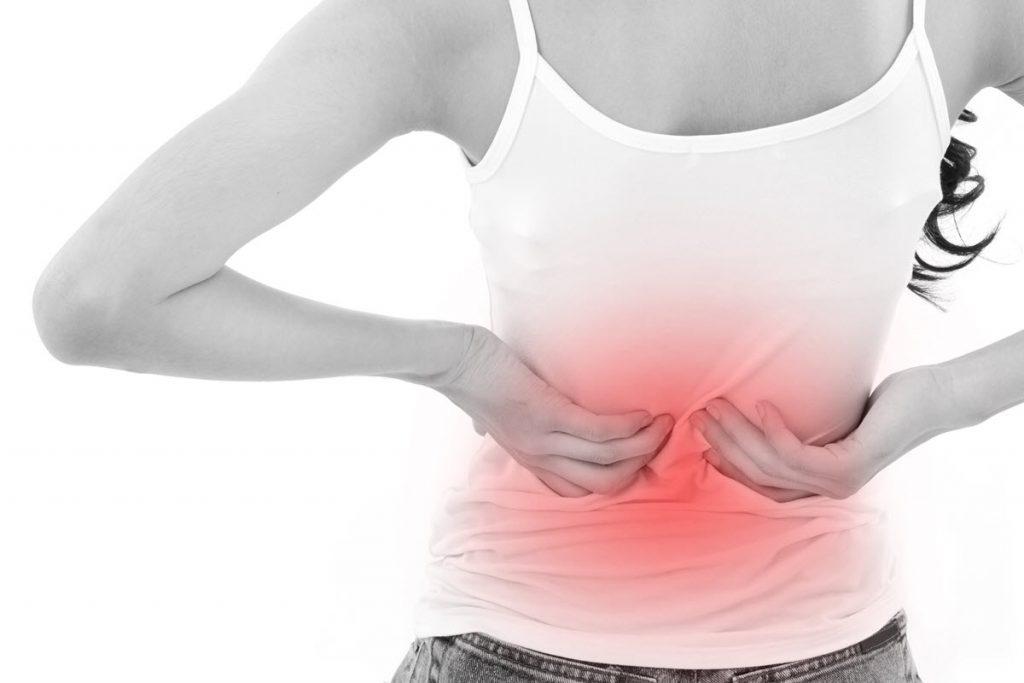
Mitigating Pain: Top Tips for a Comfortable Experience
Dealing with the discomfort that can accompany upper lip laser hair removal is essential for anyone who wants a smooth experience. Here are a few **top tips** specially curated to help manage and mitigate pain, ensuring that your journey to a hair-free upper lip remains pleasant.
- Topical Anesthetics: Applying a numbing cream like lidocaine prior to your session can significantly minimize discomfort. These creams are usually available over-the-counter and should be applied approximately 30-45 minutes before the procedure.
- Ice Packs: Cooling the skin immediately after the treatment can reduce pain and inflammation. Use ice packs or chilled gel packs for short periods, ensuring there’s a cloth barrier to protect your skin from direct exposure.
- Aloe Vera: This miracle plant is known for its soothing properties. Gently apply aloe vera gel to the treated area to alleviate redness and discomfort. Opt for pure, organic aloe vera for the best results.
- Hydration: Keeping your body well-hydrated can aid in quick recovery. Drink plenty of water before and after your session to help your skin heal faster and reduce sensitivity.
Understanding how to care for your skin after the treatment can make a big difference in comfort levels. Here’s a mini-guide to post-treatment care:
| Care Step | Action | Purpose |
|---|---|---|
| Cleansing | Use a mild, non-abrasive cleanser | Prevent irritation and infections |
| Moisturizing | Apply a gentle, fragrance-free moisturizer | Calm and hydrate the skin |
| Sun Protection | Use SPF 30+ sunscreen | Shield from UV rays |
Pro Tip: Avoid hot showers, saunas, or strenuous activities that cause sweating the first 24 hours post-treatment. These can intensify irritation and prolong recovery time.
Engaging in light stretching or relaxing exercises can also be beneficial. While it’s important to avoid heavy exercises or any activity that makes you sweat, gentle yoga or slow-paced walking can help improve blood circulation, speeding up the healing process. Treat yourself like royalty during this period—you’ve earned it!
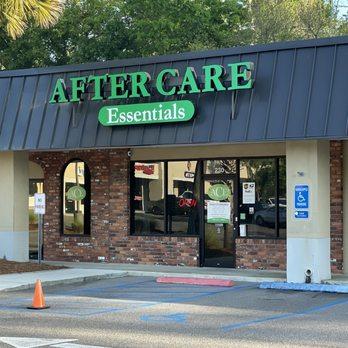
Aftercare Essentials: Promoting Healing and Minimizing Irritation
It’s crucial to pay close attention to aftercare as it significantly contributes to the healing process post-upper lip laser hair removal. The treated area can be sensitive, often accompanied by redness and minor swelling. To soothe your skin, apply a chilled aloe vera gel or a fragrance-free moisturizer. **Hydration** is your best friend here; keep the area moisturized but avoid heavy creams that can clog pores. Make it a ritual to pat your skin gently to encourage faster healing.
Avoiding potential irritants is the golden rule during the initial recovery period. Here’s a list of what to steer clear of:
- Hot showers or baths
- Harsh facial cleansers or scrubs
- Direct sun exposure – always use sunscreen!
- Heavy makeup on the treated area
- Excessive sweating from workouts
These steps will help reduce inflammation and enhance comfort during the healing process.
Don’t Discount the Importance of Cool Compresses: Utilize cool compresses intermittently to control puffiness. Simply wrap an ice pack in a soft cloth and press it gently against the treated area for short periods. This will bring down swelling and provide a soothing effect. Mind that overdoing it can cause numbness, so moderation is key.
Here’s a quick reference table for additional aftercare tips:
| Concern | Tip |
|---|---|
| Redness | Apply aloe vera gel twice daily |
| Itching | Use a cold compress |
| Dryness | Hydrate with a gentle moisturizer |
| Scabbing | Leave it be, avoid picking |
By following these tips, you’re well on your way to a smooth and successful recovery.
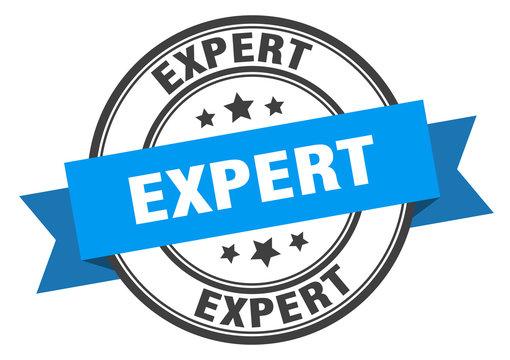
Expert Advice: When to Seek Professional Guidance
Every individual’s skin reacts differently to laser hair removal, particularly on sensitive areas like the upper lip. Although laser treatments are generally safe and effective, a few commonly reported side effects might prompt the need for professional guidance. **Redness**, **swelling**, and **minor irritations** are typical, often subsiding within a few hours. However, skin issues such as severe burns, pigmentation changes, or prolonged discomfort warrant a closer look from a certified dermatologist to prevent any permanent damage.
- Temporary Redness: Usually minimal, should fade within hours.
- Swelling: Apply cold compresses if necessary, seek advice if persistent.
- Skin Irritations: Consult a professional if over-the-counter remedies don’t help.
If you notice signs of **infection**, including unusual pain, pus, or extensive itching well after your session, it might be indicative of an adverse reaction. Similarly, encountering unusual side effects like **hyperpigmentation** or **scarring** could mean that the laser settings weren’t optimal for your particular skin type. A trained dermatologist can adjust treatment protocols or prescribe topical treatments to mitigate these reactions.
| Side Effect | Immediate Action | When to Seek Help |
|---|---|---|
| Redness | Apply aloe vera gel | If lasting over 24 hours |
| Swelling | Use ice packs | If lasting over 48 hours |
| Hyperpigmentation | Avoid sun exposure | Consult within a week |
Seeking advice isn’t just about addressing negative side effects. Consulting professionals can also enhance the overall outcome of your treatment. Dermatologists can recommend **post-treatment skincare routines**, **safe cosmetic products**, and **maintenance tips** that align with your skin type and aesthetic goals. So, do not hesitate to reach out and make your laser hair removal journey both effective and delightful.
Q&A
Q&A: Smooth Talk - Understanding Upper Lip Laser Hair Removal Side Effects
Q1: What exactly is upper lip laser hair removal?
Lorem: Oh, I’m so glad you asked! Upper lip laser hair removal is a cosmetic procedure designed to zap away unwanted hair using the power of concentrated light beams. Imagine a tiny laser lightsaber, just for your pesky upper lip hairs!
Q2: Does it hurt? I’m not great with pain…
Lorem: Picture this: a slight snap, not unlike an itty-bitty rubber band being flicked against your skin. Most people find it quite manageable. It’s discomfort but in the most fleeting, “did that really just happen?” kind of way.
Q3: What are the common side effects I might face?
Lorem: Let’s get real for a moment. No beauty treatment is entirely side-effect free. With upper lip laser hair removal, some folks experience mild redness or swelling—think post-gym glow rather than “oh no, too much sun.” Sometimes, there might be a bit of skin sensitivity, but these effects are usually as temporary as a cat’s attention span.
Q4: Can laser hair removal cause pigment changes in the skin?
Lorem: Great question! Yes, there’s a possibility, particularly for darker or very tanned skin. Hyperpigmentation (darkening) or hypopigmentation (lightening) can occur. But fret not! Choosing a skilled professional who understands different skin types can largely mitigate this risk.
Q5: Is there a risk of scarring?
Lorem: While scarring is very rare, it’s not entirely out of the question. Think of it as that uncanny chance of stumbling upon a four-leaf clover. Proper aftercare and following your technician’s advice religiously can keep your skin smooth and flawless.
Q6: Can the treatment cause burns or blisters?
Lorem: The term “laser” might conjure sci-fi visions of fiery beams, but in the hands of a trained expert, burns and blisters are uncommon. Ensuring a patch test before the full treatment can help in tailoring the settings perfectly for your skin.
Q7: Are there any pre-treatment tips to avoid these side effects?
Lorem: Absolutely! Preparation is key. Avoid sunbathing, tanning beds, and any method of hair removal that yanks out the hair from the root, like waxing or plucking, a few weeks before your appointment. Shaving is A-OK and actually recommended 24 hours prior. Plus, steering clear of skincare products with harsh chemicals can set you on the path to a smooth experience.
Q8: How about post-treatment care?
Lorem: Ah, post-treatment pampering — my favorite topic! Moisturizing is a must. Aloe vera gel is your newfound BFF here. Also, slather on that sunscreen like you’re a lifeguard on duty; protecting your skin from the sun can prevent any unexpected skin dramas.
Q9: How soon can I expect results?
Lorem: Here’s the tea — patience is a virtue. A few days post-treatment, you’ll notice treated hairs shedding away. But bear in mind, a series of sessions spaced weeks apart is often needed for that oh-so-smooth upper lip because hair growth cycles vary.
Q10: Who shouldn’t get laser hair removal?
Lorem: Not everyone can jump on the laser bandwagon. Pregnant? It’s best to wait. Certain medications that increase light sensitivity, like antibiotics, are also no-go. Always consult with your practitioner to ensure laser hair removal is right for you.
Embrace the journey to smooth, hair-free confidence with all the knowledge in hand. Happy zapping, beauty seeker! 🌟
Key Takeaways
And there you have it, the unvarnished truth about upper lip laser hair removal. Armed with this knowledge, you’re now better equipped to navigate the smooth path ahead with confidence and informed choices. Sure, every rose has its thorns, but the blooms are oh-so-worth it!
So, whether you’re dreaming of a fuzz-free smile to dazzle the world, or simply yearning for a little less upkeep in your life, remember that every zap of the laser brings you one step closer to that goal. Stay gorgeous, stay informed, and most importantly, stay you. Catch you on the smoother side!




